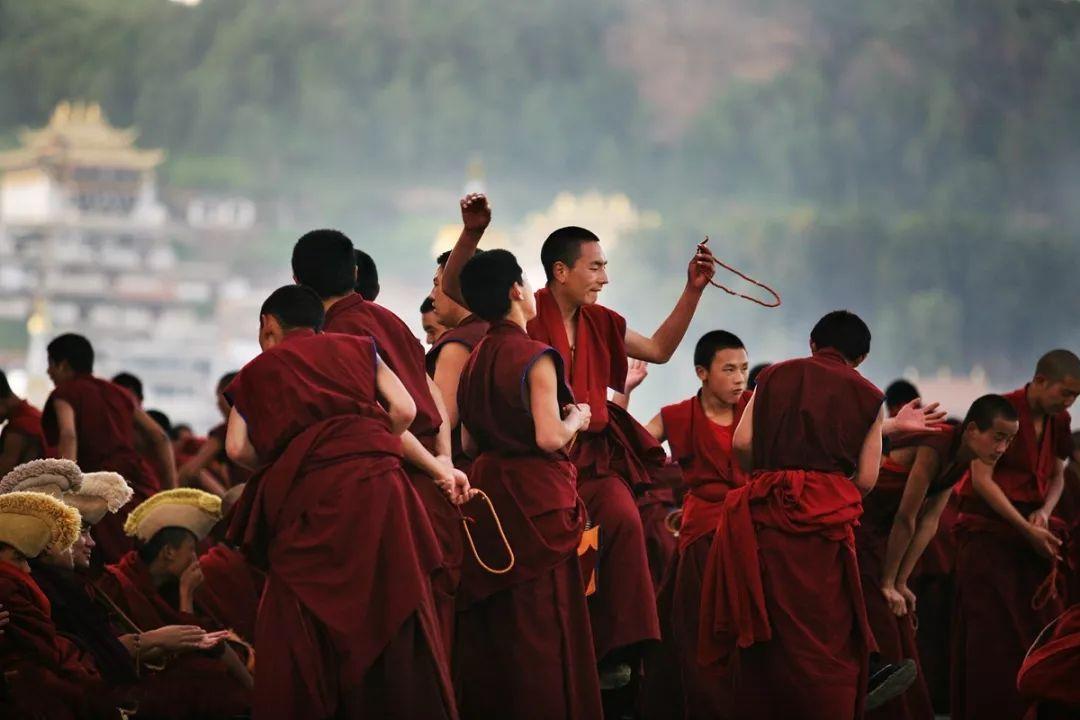In the eyes of Chinese believers, many phenomena in Tibetan Buddhism find inconceivable and difficult to understand. For example, Tibetan Buddhism belongs to Mahayana Buddhism, but most Tibetan monk food includes meat and some people who study Tantra seem to take it for granted. So what do Tibet Buddhist monks eat?
Tibetan Buddhism has never advocated, praised, or praised the habit of eating meat, and even more strictly prohibited the four groups of disciples in Tibet from killing and eating meat to satisfy their appetites. Since Buddhism was introduced to the region, the vast majority of Tibetan people have always used Sanjing meat as their meat source. From this, we can see that the so-called meat-eating view that Tibetan Buddhism has no common heritage is nonsense. However, because Tibet is located on the Qinghai-Tibet Plateau, as a vast area on the roof of the world, the remote traffic conditions have made it almost completely isolated from the outside world for more than a thousand years. In addition, due to the harsh natural conditions here, such as high altitude, high-temperature difference, lack of oxygen, severe cold, permafrost, and other factors, there are few crops suitable for survival on this land, and the number can be described as negligible. Constrained by these unfavorable factors, Tibetans still use highland barley and tsampa as the main food sources in their daily life. In the absence of vegetables and grains, some Tibetans began to eat limited meat, because natural conditions could no longer allow them to eat. Make another choice.

